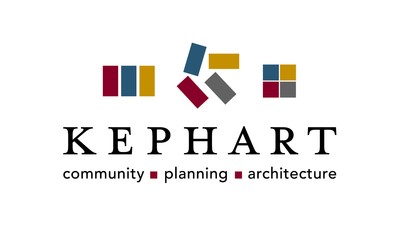The Rise Of The Residential ‘Innovation Space’

As the traditional workday evolves and more people are working from home, both freelancing and co-working space have risen in popularity. Residential communities have started to cater to a more flexible workforce.
A Gallup survey of 15,000 adults found 43% of employed Americans reported spending some time working remotely. Developers have started transforming what were once tiny back rooms with a desk into multi-floor, comfortable and technology-oriented workspaces. More than a home office, these “innovation spaces” take the features of high-end co-working offices and build them in a stand-alone space offering privacy and a collaborative atmosphere steps from residential units.
A quiet place to be productive was not always a priority in residential communities. The spaces often started as sparse business centers. Several computers and a printer would be tucked away in the back room of a clubhouse. As more residents requested space to work, developers thought to combine entertainment spaces with desks. But placing a business center next to a pool table did little to help residents concentrate.

Remote workers needed to carve out their own space, one that was not an afterthought.
Design firm Kephart has been at the forefront of the evolution of residential workspace, transforming outdated business centers into innovation spaces. Residents can lounge on soft seating, hold meetings at community tables or in conference rooms and collaborate at smaller desks.
Working in a space with others has its downside, notably a lack of privacy. Small, private offices and breakout spaces offer an escape from the shared work environment. Often located on each floor, they are reminiscent of the study lounges in a college dorm, where residents can bring their laptops to their favorite spot for heads-down concentration.
Larger, more comprehensive innovation spaces and business centers are part of a trend where developers are expanding amenities offered to tenants. Residents are trading shrinking floor plans for more experiential activities, focusing on shared luxuries and urban living.

As residential innovation spaces grow in popularity, residents of the building may no longer be the only ones benefiting from the new amenity. Co-working giant WeWork is among the many companies pioneering co-living, where apartments and office floors occupy the same building and residents share TVs, kitchens and common spaces. The practice has trickled down to multifamily developments, which can list smaller workspaces on online flex-space platforms, connecting property managers to freelancers with a need for a desk and a quiet atmosphere.
Kephart also has seen a rise in the construction of maker spaces, or areas where residents can focus on crafts and hobbies like craft brewing, winemaking and woodworking.
Whether it is an innovation space to answer emails or a maker space two floors down, the goal behind the spaces is simple: to build a community. For Kephart, it is a natural next step in designing spaces that exemplify live-work-play.
To learn more about this Bisnow content partner, click here.

